Best Chicken Breeds for Kids
There are literally hundreds of breeds of chickens and each is unique in their own way. These are nine breeds of chickens we’ve found to be good for children who are just getting into farming on a small or back yard scale. This is not a “TOP TEN” list and there are certainly more great chicken breeds that are great with kids. This is simply a list of nine chicken breeds you may consider for young farmers.
Disclosure: Some of the links below are affiliate links, meaning, at no additional cost to you, I will earn a commission if you click through and make a purchase.
Buff Orpington
Buff Orpingtons are reffered to as “the golden retrievers of the chicken world.” They originated from England, are a large, friendly breed golden-colored feathers. They are lovable, curious and enjoy being held [just remember the importance of washing your hands after handling your birds, their food and their surroundings]. While Buff Orpington’s handle confinement well, it is always preferable to give any chicken breed room to move about. A clean coop and a decent run will keep these chickens happy and productive with laying eggs. Buff Orpington hens may have a tendency to “go broody” which means that they stop producing eggs for food, and become protective of their eggs and nesting box. They want to become a mother and raise new chicks. This can be a fascinating experience for children to witness, but you shouldn’t expect egg production for your hen if she goes broody. Typically, Buff Orpington hens will lay three eggs per week. Their eggs are brown in color and large in size.
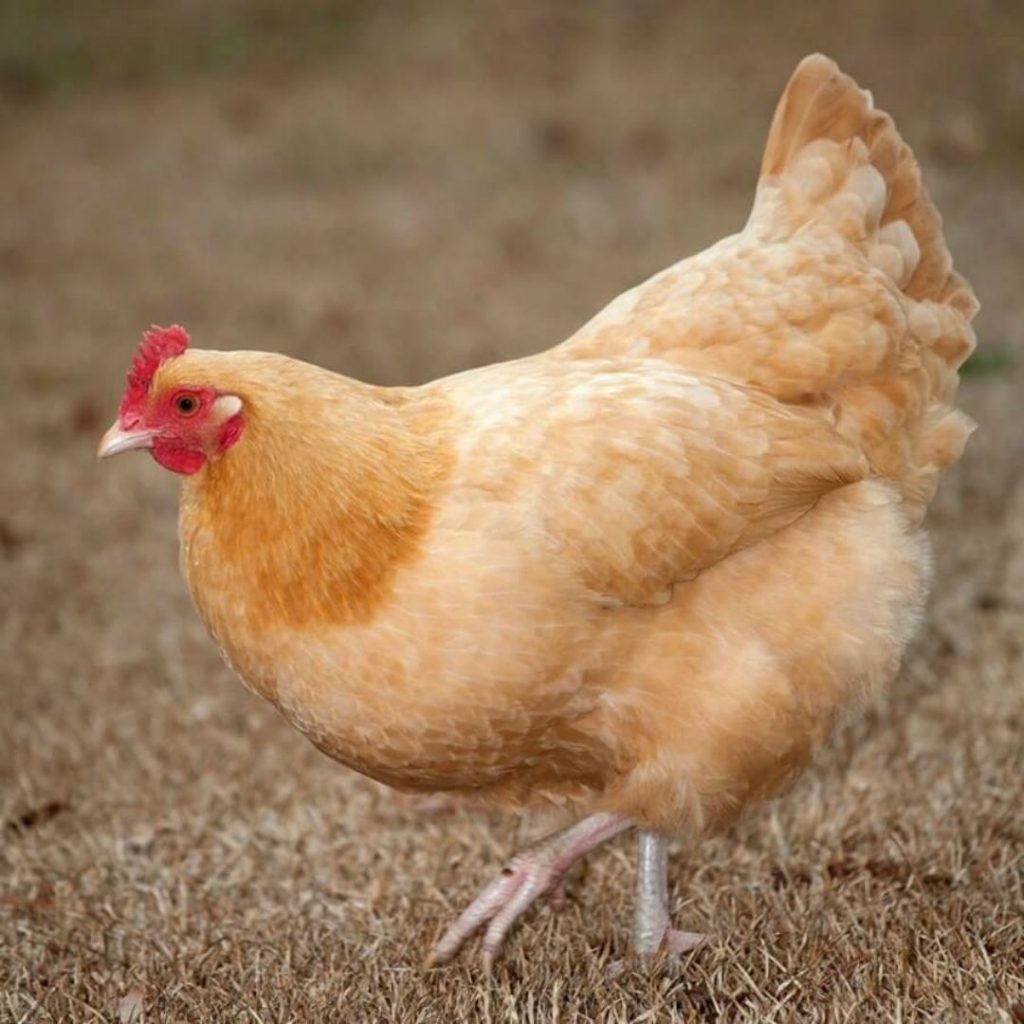
Brahma
Brahma chickens come in regular or bantam sizes. They are friendly, tend not to be skittish and can even be trained. They are good chickens for children to raise for show and have an attractive, unique look with white feathers over their body and head, and black feathers around their neck and tail, and actually come in a variety of other colors as well, and they have feathers on their feet. Brahma’s don’t mind being handled [again, remember to wash afterwards] and are more docile than other breeds (even Brahma roosters). Brahma hens lay generally lay three brown eggs per week.
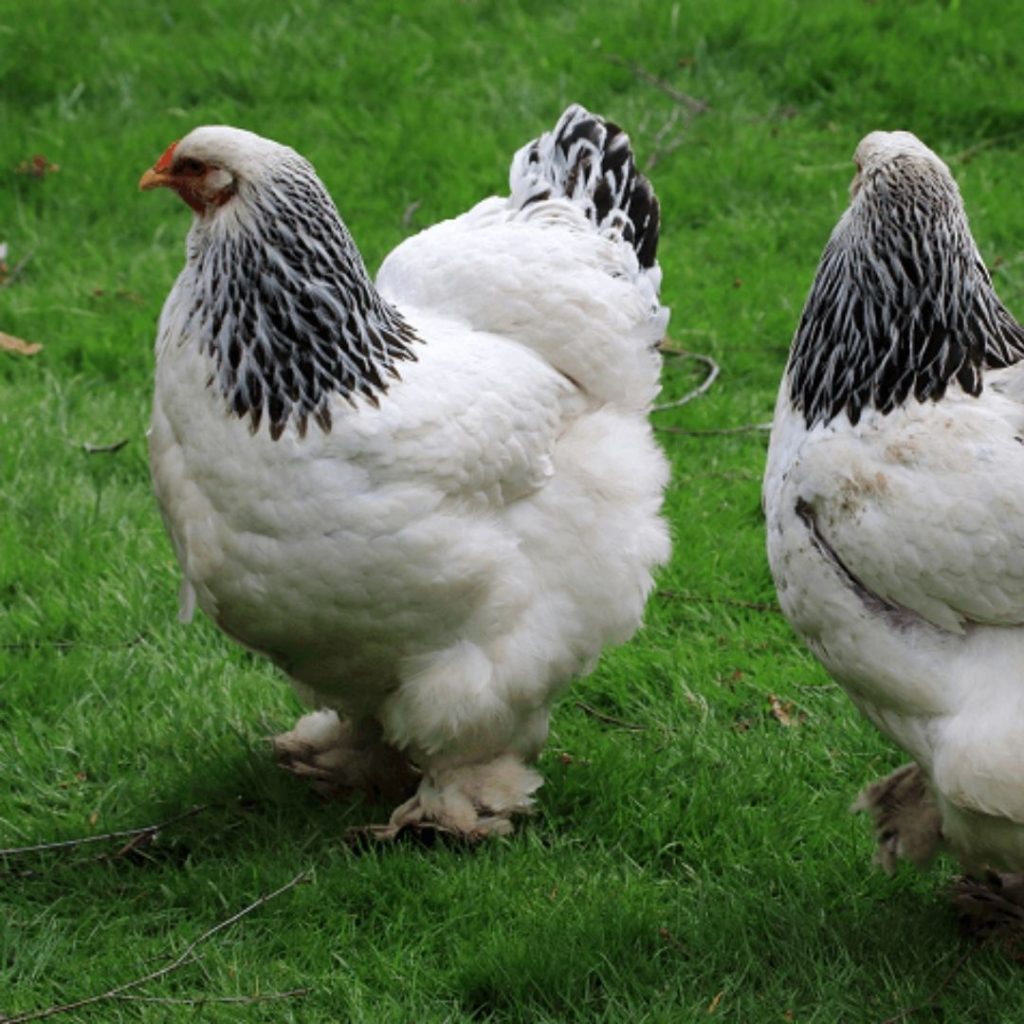
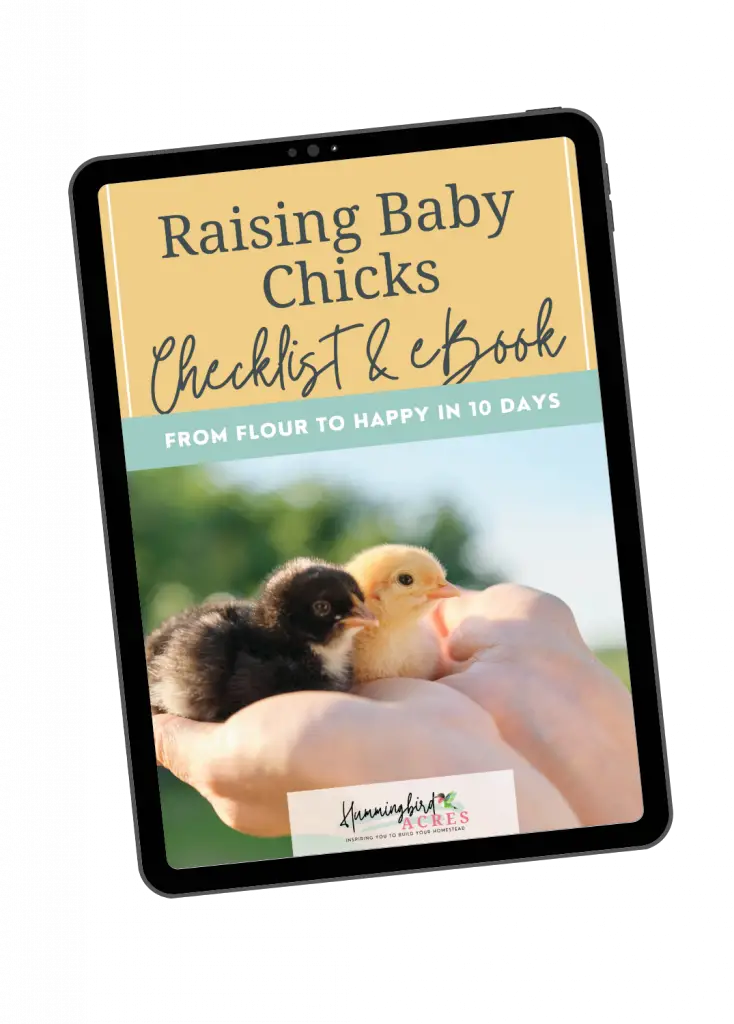
Grab my free Checklist
Raising Baby Chicks
Enter your name and email and we will send you our FREE guide.
Plymouth Rock
Plymouth Rock chickens were developed by breeders in England in the nineteenth century. They continue to be a popular breed today, especially in that region. These chickens are known for living a long time who get along with other pets and do well with people. They are a standard size chicken that can lay four or five eggs with a pinkish/brown color in a single week. They have black and white striped feathers giving them a somewhat speckled zebra look.
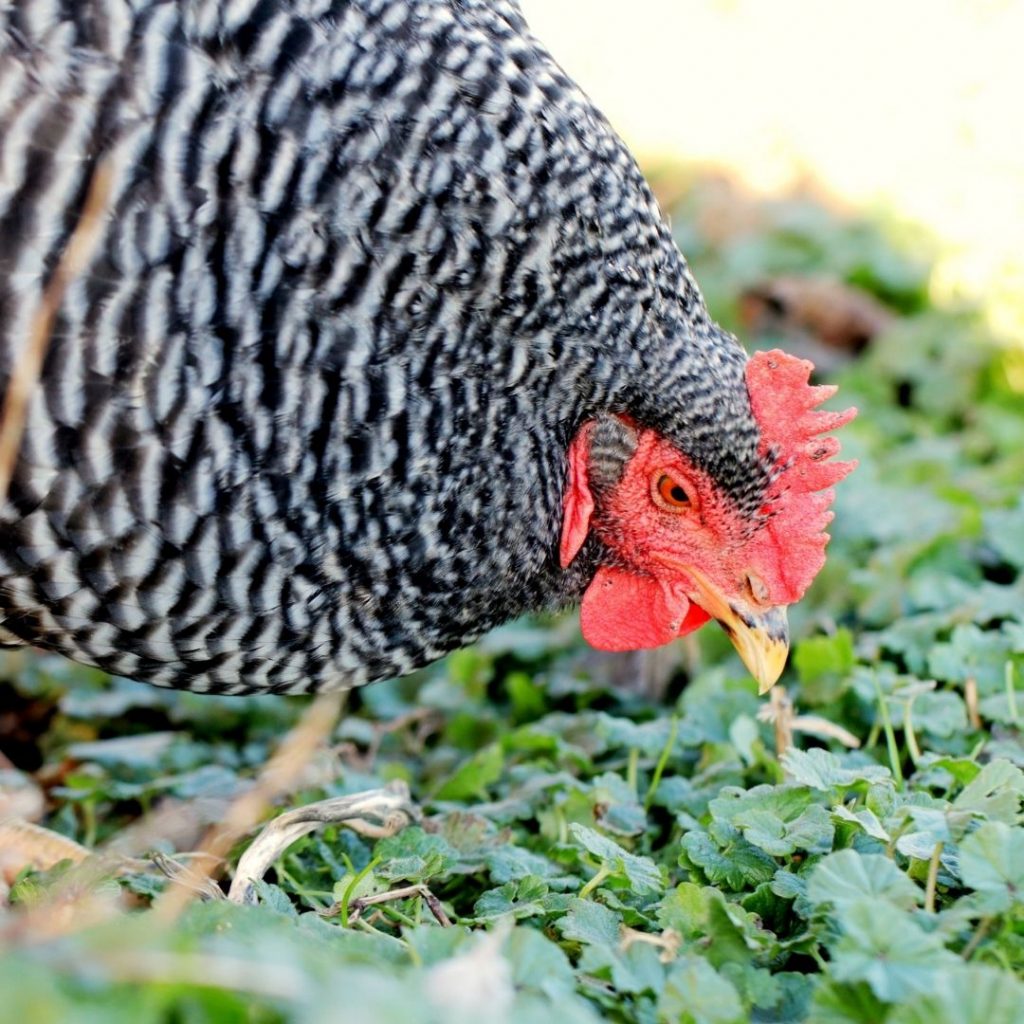
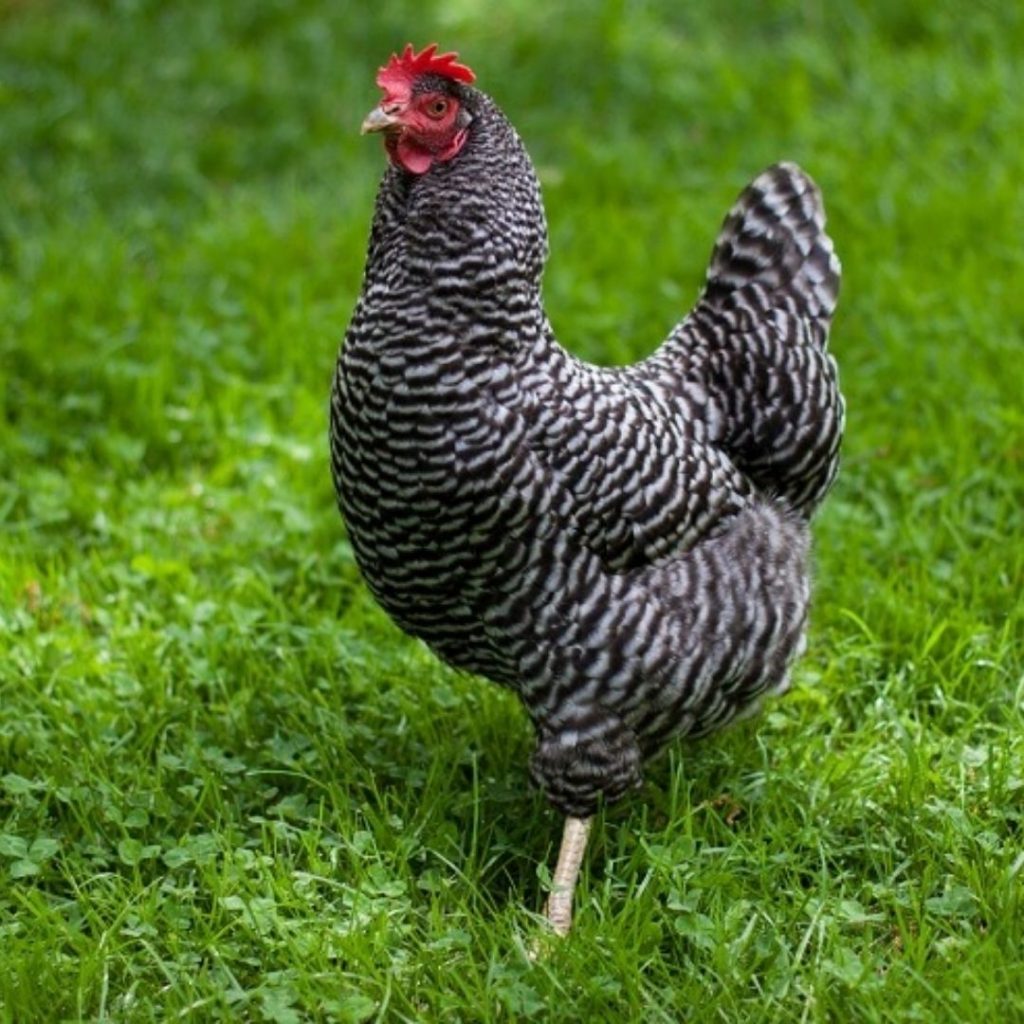
Cochin
Cochins got their origins in China. They have fluffy feathers covering their body and feet and some even have curly “frizzled” feathers. They can be found in as many as eight different colors and two sizes (standard or Bantam) Cochins can live their entire life in a chicken coop, but do well roaming free range as well. Some of their best qualities are that they are quite, hardy, exceptionally calm and friendly. Not the highest producing layer breed, a Cochin hen may produce up to three eggs per week.
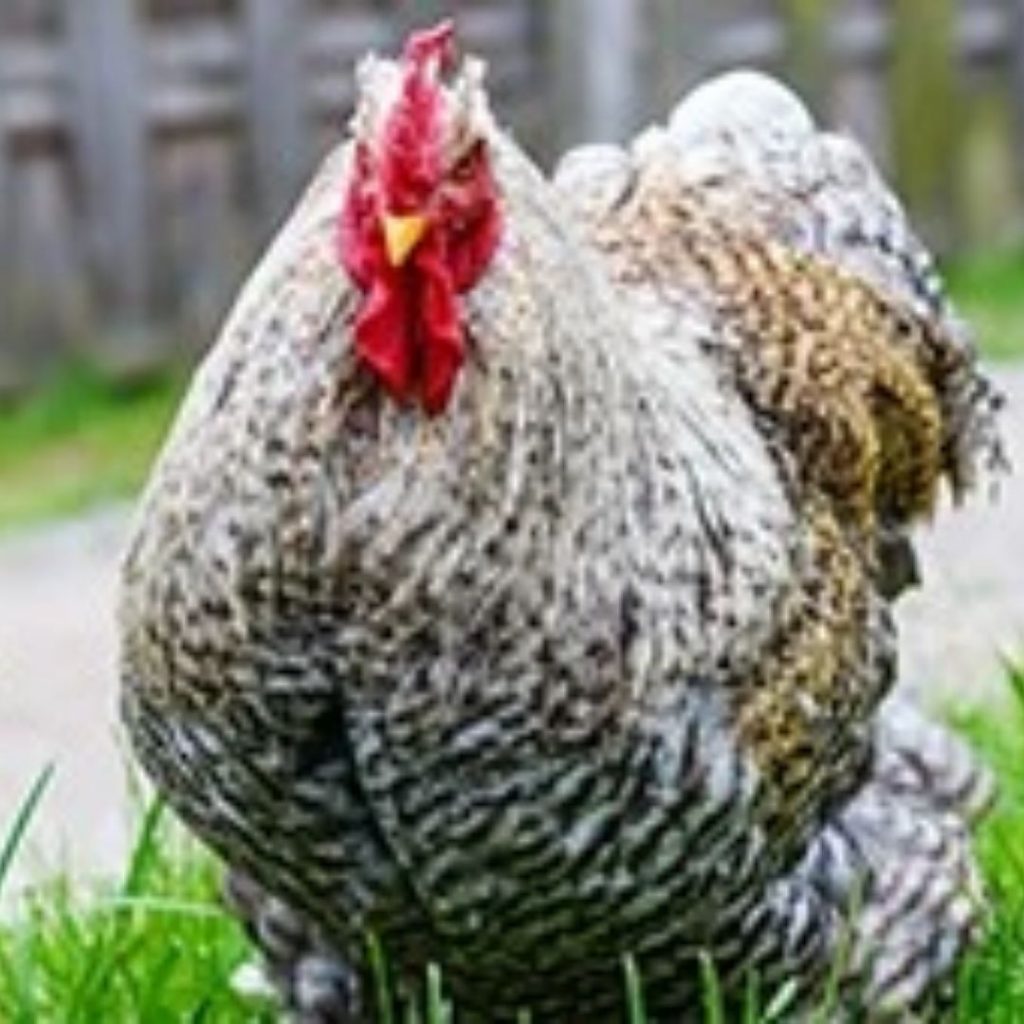
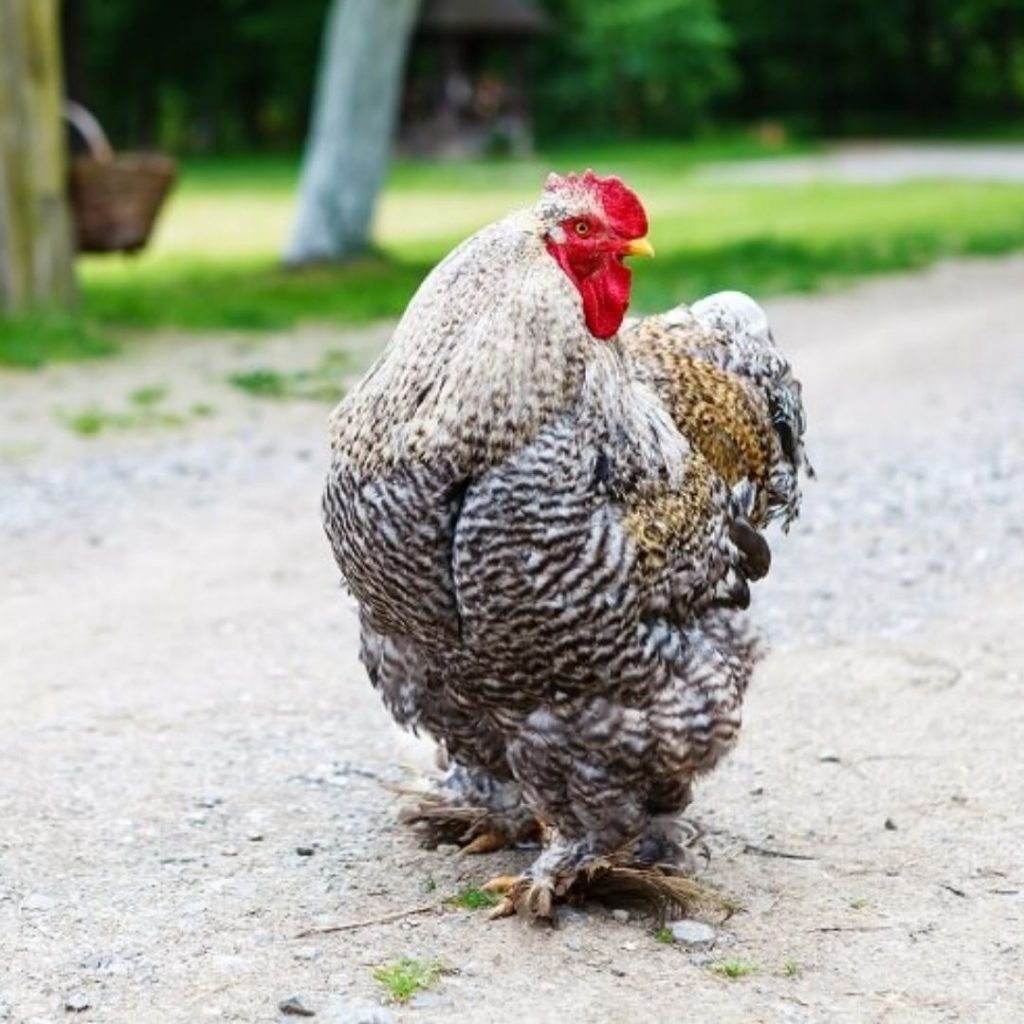
Australorp
Australorp chickens are black in color and hail from Australia. Their feathers have an iridescent green color that shimmers in the sun. As Australorps age, their feathers may develop a slight brown/gray speckle towards their tips. Australorp hens often become the top of the flock as they establish a slight dominance who display a bit of a homebody nature that makes them suitable for confinement is smaller spaces where they prefer to stay anyway. Australorps are outgoing, curious and friendly birds and are great layers generally producing five medium/large brown eggs each week.

Silkie Bantam
Another chicken breed from China is the Silkie Bantam (bantam means small). They are very lightweight, small and easy to handle. They have some unusual features including their feathers, which are fluffy like fur and give the bird the bit of an afro on top. Their feet, which have five toes, are also covered in fluffy feathers and have black skin. Most chickens have only four toes and typically have a yellow colored skin on their feet. Silkie’s go broody more often than not making them a very calm pet bird, but very poor layers for egg production. When a Silkie hen is laying, you can get up to three eggs a week with a cream, white or sometimes pinkish color that are about half the size of a standard egg.
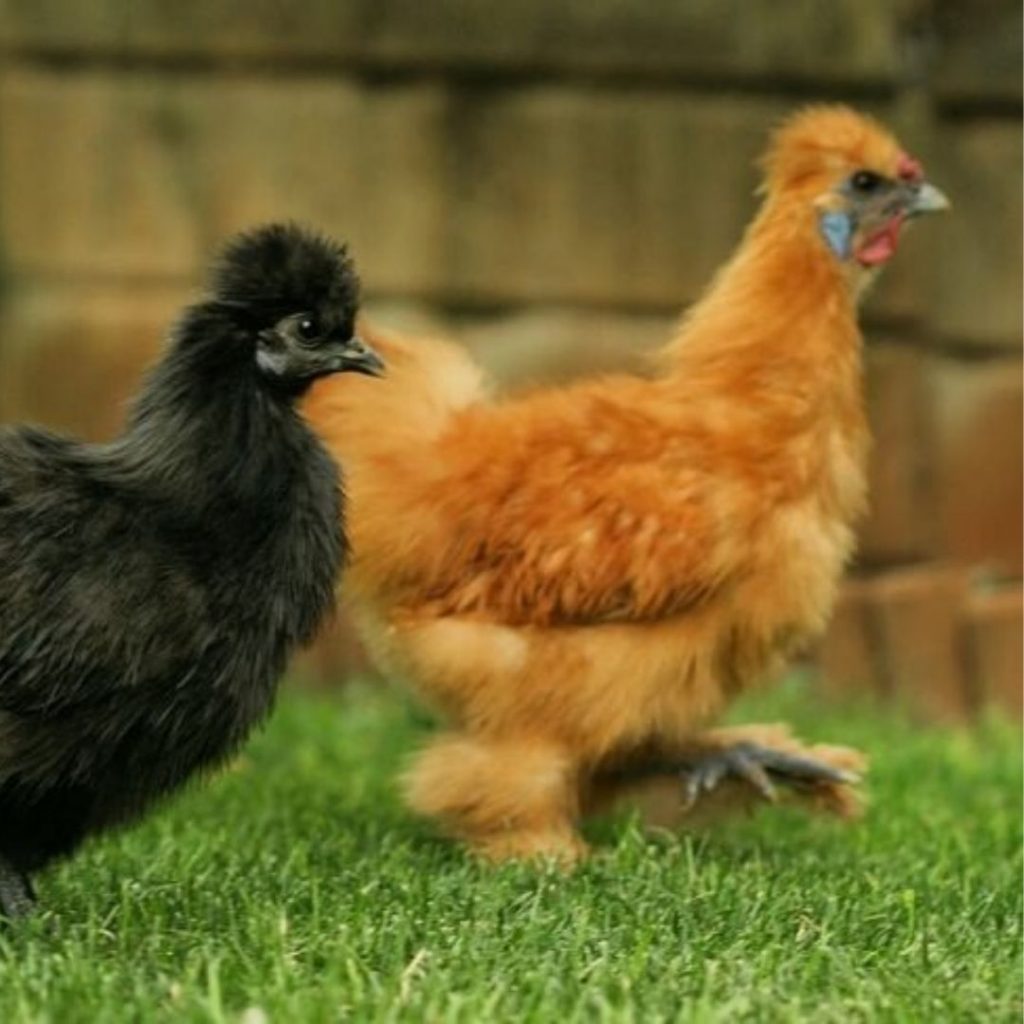
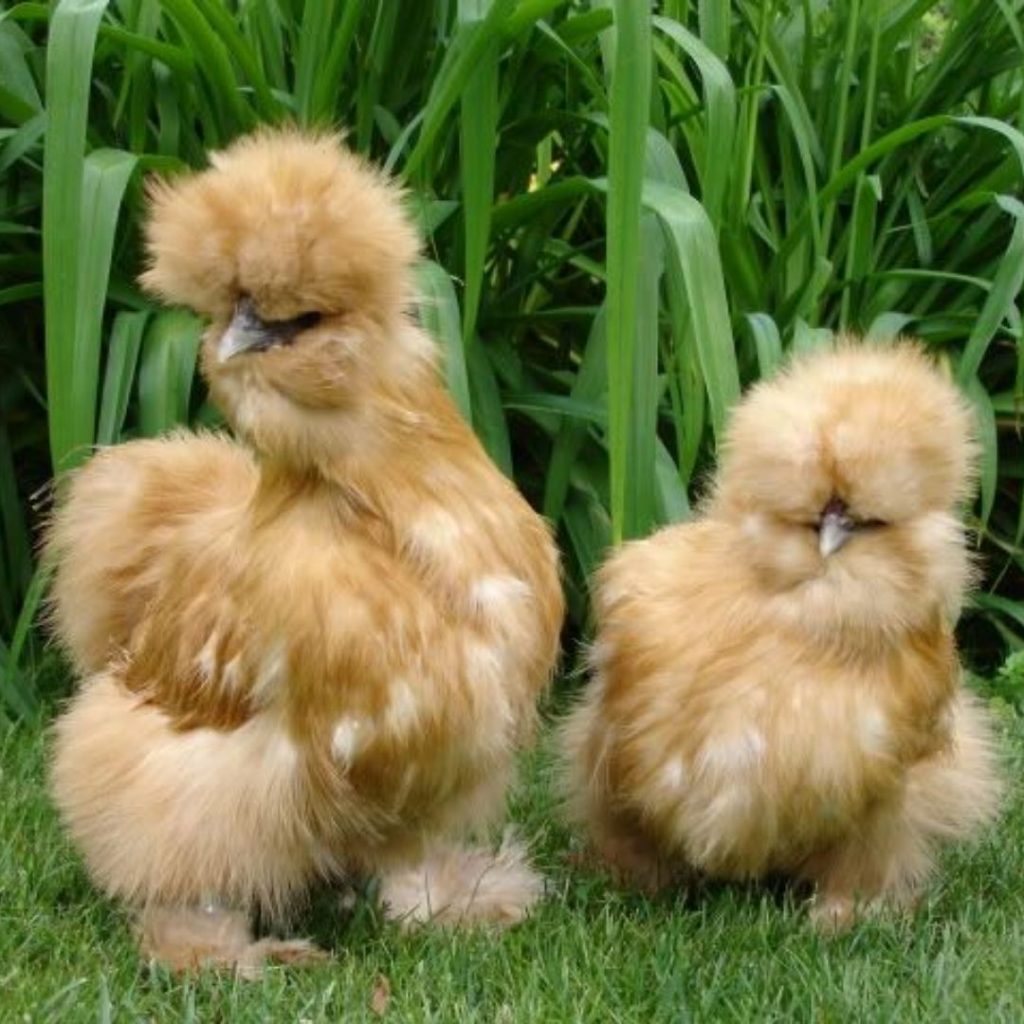
Silver or Golden Laced Wyandotte
Developed in the United States this beautiful breed of chickens is a smaller breed with hens reaching an average of about six pounds. Although the Silver and Golden colors are most common, these birds come in many colors. This breed is more suitable for colder regions as it’s rose-style comb is less prone to frostbite, which can be a problem for some breeds. These hens make great moms, and are good layers producing 4-5 eggs a week. Their eggs have a pale brown color.
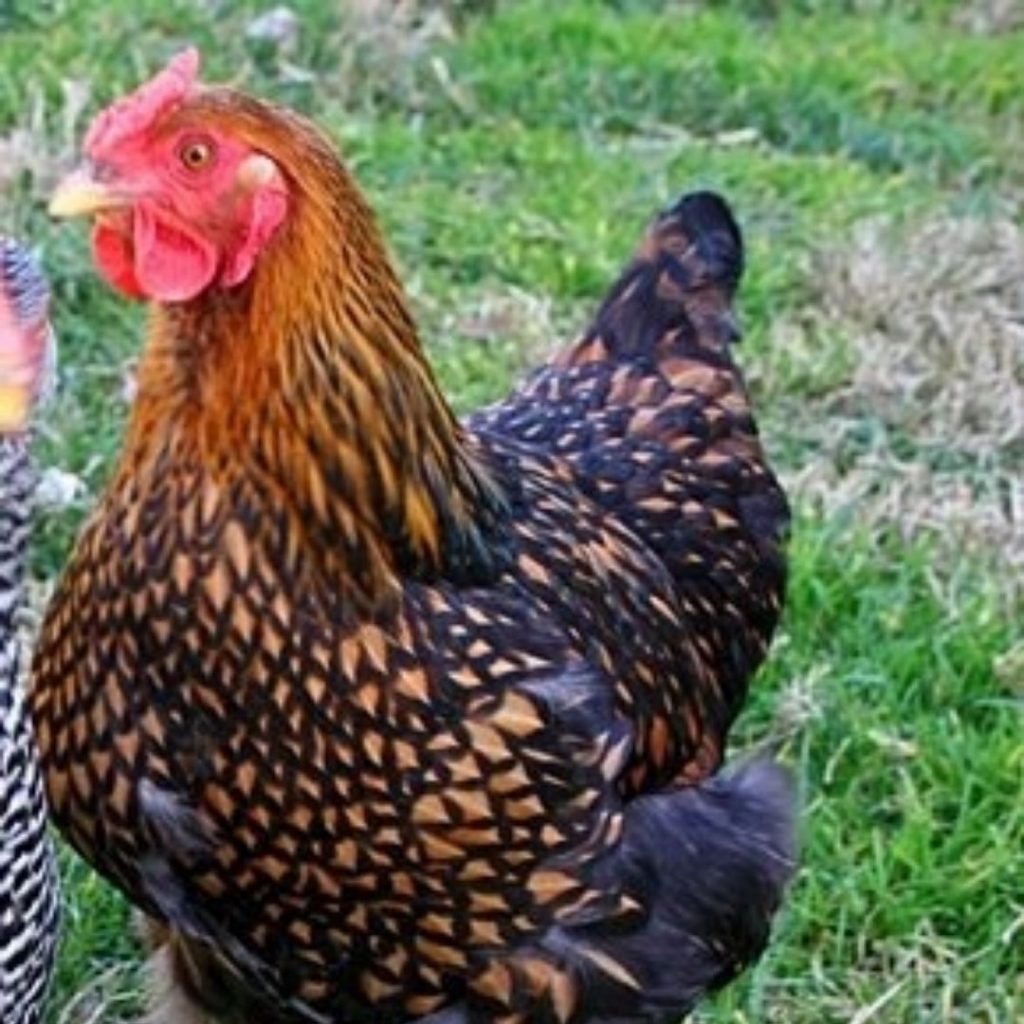
Faverolle
Faverolle chickens have five toes, just like Silkies, and are known for their feathered beard and “muffs” (fluffy cheek feathers). They originated in France and come in a variety of colors. Their most common color is “Salmon” and they are very good for kids because of their incredibly docile nature. They can be good layers producing around four eggs per week with a light, creamy brown color.
Easter Egger
You probably want to pick them just for their name, right? And they are great to raise but there are some other reasons to raise Easter Eggers. They get their name from a genetic trait that causes their eggs to come in a variety of colors ranging from pink, green, olive and blue. Collecting eggs from these hens is a great academic lesson for your kiddos; think sorting, patterns, etc. Not to mention they will make your egg basket look very colorful. Easter Egger’s are not actually an official breed of chicken as much as they are a type of chicken. They come in standard and bantam sizes and their ability to lay different colored eggs comes from having one parent that is either Americana or Araucana while the other parent can be another breed. Easter Egger hens lay around four eggs a week and are friendly birds that are good with kids and fun to raise.
What about Rhode Island Red’s?
Rhode Island Reds are a very popular breed and you are probably surprised they aren’t on this list. They are a great breed and are hardy, reliable egg producers great for supplying your families needs of delicious and nutritious eggs, but they can become dominant in a coop with other breeds. For that reason, we recommend keeping Rhode Island Reds with other Rhode Island Reds, or similar birds of a feather.
Our current list is more docile which makes them great for kids, but a potential target for more dominant poultry breeds. This list has not been put in any particular order and not all breeds listed here are available at your local store. Our goal is to provide ideas and suggestions as a basis for your own research and ultimate decision for what’s best for you, your coop, and your family.
You may also enjoy these related articles:
- What Is Chicken Grit? and When to Feed Chickens Grit
- Keeping Chickens out of Your Garden
- What Chickens Can Teach Our Kids
Did you enjoy this article? Want to hear more? Stay in touch! Sign up below to receive weekly tips and inspiration for your homestead.

Grab Our
Homestead Management Binder
Everything you need to keep track of your homestead.
